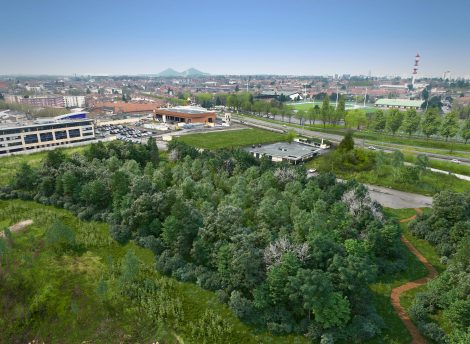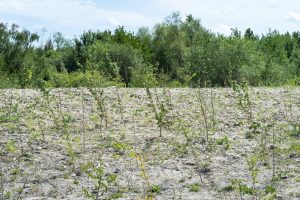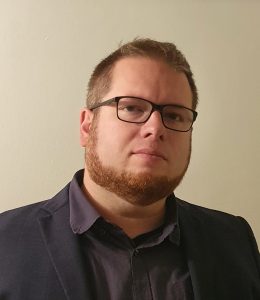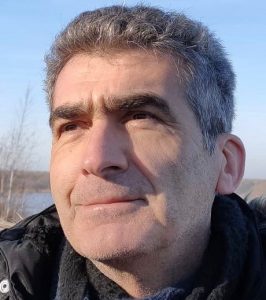Lille, November 15, 2022 – ECT, a historic player in the field of non-built environmental development, announces the opening of a regional branch in the Hauts-de-France region. Its ambition is to contribute to the rehabilitation of industrial wastelands through the recovery of excavated soil. Based in Lille, this regional office operates under the direction of Julien Golaszewski, ECT’s Deputy Director of Development. Guillaume Lemoine, previously Biodiversity referent for EPF Hauts-de-France, has joined the team of 4. This move follows a first operation to transform the Van Pelt site in Lens into an urban forest. About ten projects are currently under study.
Developing projects that contribute to the attractiveness of territories through the circular economy of inert building site soil
The dynamic construction industry in the Hauts-de-France region generates excavated soil that ECT reuses in non-built development projects on abandoned sites. The company carries out projects with multiple forms and uses: urban parks, biodiversity zones, agricultural zones with pastures and orchards, outdoor leisure and sports areas, etc. The reclamation of the soil makes the project completely self-financing.
ECT works in partnership with local authorities to design a new use for the site, in line with the aspirations of the territory. The landscape and ecological integration of the project is at the heart of its design: soil permeability, environmental coherence, management and integration of the construction site, and traceability of the land on the project site.
A project underway in Lens with the EPF Hauts-de-France, the city of Lens and the CALL
Located in Lens (62), this transformation operation of the Van Pelt site is led by the EPF Hauts-de-France at the request of the community. It also includes the City of Lens and the Lens-Liévin Agglomeration Community, in conjunction with the Hauts-de-France Region through the Regional Forestry Plan.
Unlike a natural forest, the urban forest is the result of a design. EPF designed this forest with a multidimensional ecological, landscape, climatic and sensory logic, which ECT is creating with soil from local construction sites. The renaturation of the site with regional plantations of species of local origin began in the winter of 2021. The work will continue until spring 2023.
Key figures: 10,000 trees planted – 3.5 hectares rehabilitated
Focus on appointments
Julien Golaszewski, ECT’s deputy director of development, is also in charge of the Hauts-de-France agency.
He holds a master’s degree in QSE management, Julien Golaszewski began his career in industrial risk management before joining several consulting firms, specializing in the modeling of accidental and chronic hazardous phenomena. He joined ECT in 2012 in order to structure the research part of the development department and joined its management in 2018. He has been the director of the Hauts-de-France branch, based in Lille, since July 2022.
Guillaume Lemoine joins ECT Hauts-de-France as a land development manager and Biodiversity referent.
He holds a master’s degree in environment and regional planning and a postgraduate degree in human geography. An ecologist by profession, after having worked in the protected natural areas of the Nord Department, Guillaume Lemoine has been working for over 20 years, particularly during his time at the Etablissement Public Foncier, in the requalification of industrial areas (wastelands, slag heaps, quarries, etc.) in order to restore their ecological and societal functions. Taking into account biodiversity, climate and soils, as well as the development of uses are among the objectives pursued.
Brief description of ECT
ECT’s growth is part of a circular economy strategy: reusing excavated soil from construction sites to engage in concerted and sustainable development projects. Mainly located in the Ile-de-France region, ECT will open a regional facility in the Hauts-de-France in November 2022.
As the leader in its sector, ECT has developed « Excavated earth management » expertise to meet the environmental engineering and traceability needs of the construction industry, combined with a « Design and implementation of developments » division to offer public authorities and local authorities useful projects based on the use of excavated earth: natural areas, landscape or urban parks, urban farms, photovoltaic power plants, golf courses, equestrian centers or sports facilities.
Key figures: Founded in 1997 | 180 employees | 15 sites in operation in Ile-de-France | 15 million tons of excavated material processed annually | 10,000 trees planted per year | 3 subsidiaries in Germany, Switzerland and USA under the Landify brand




